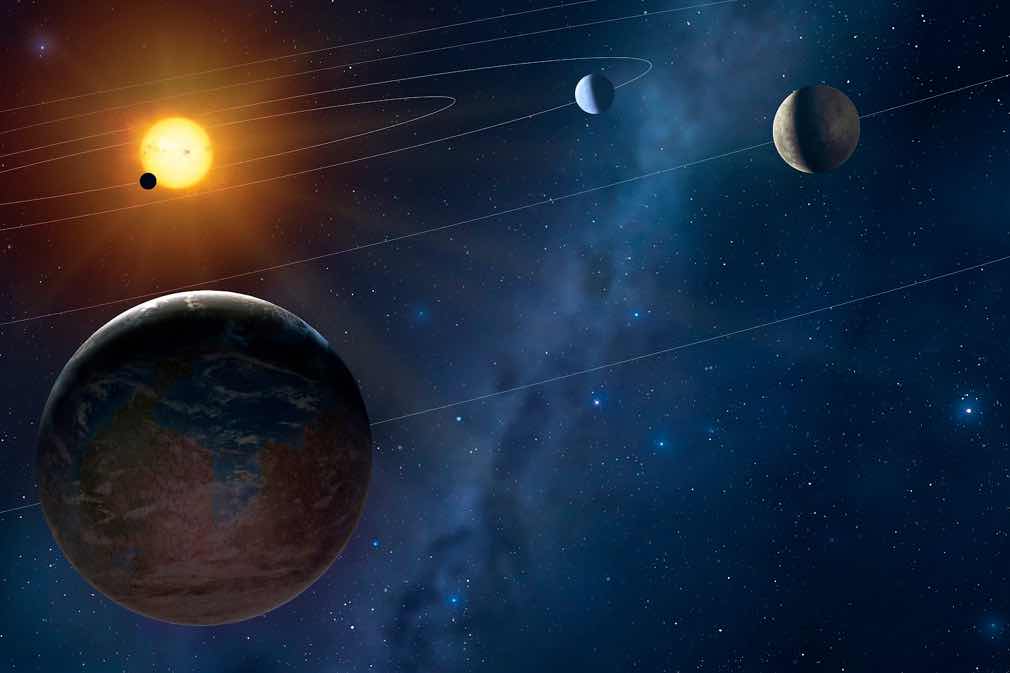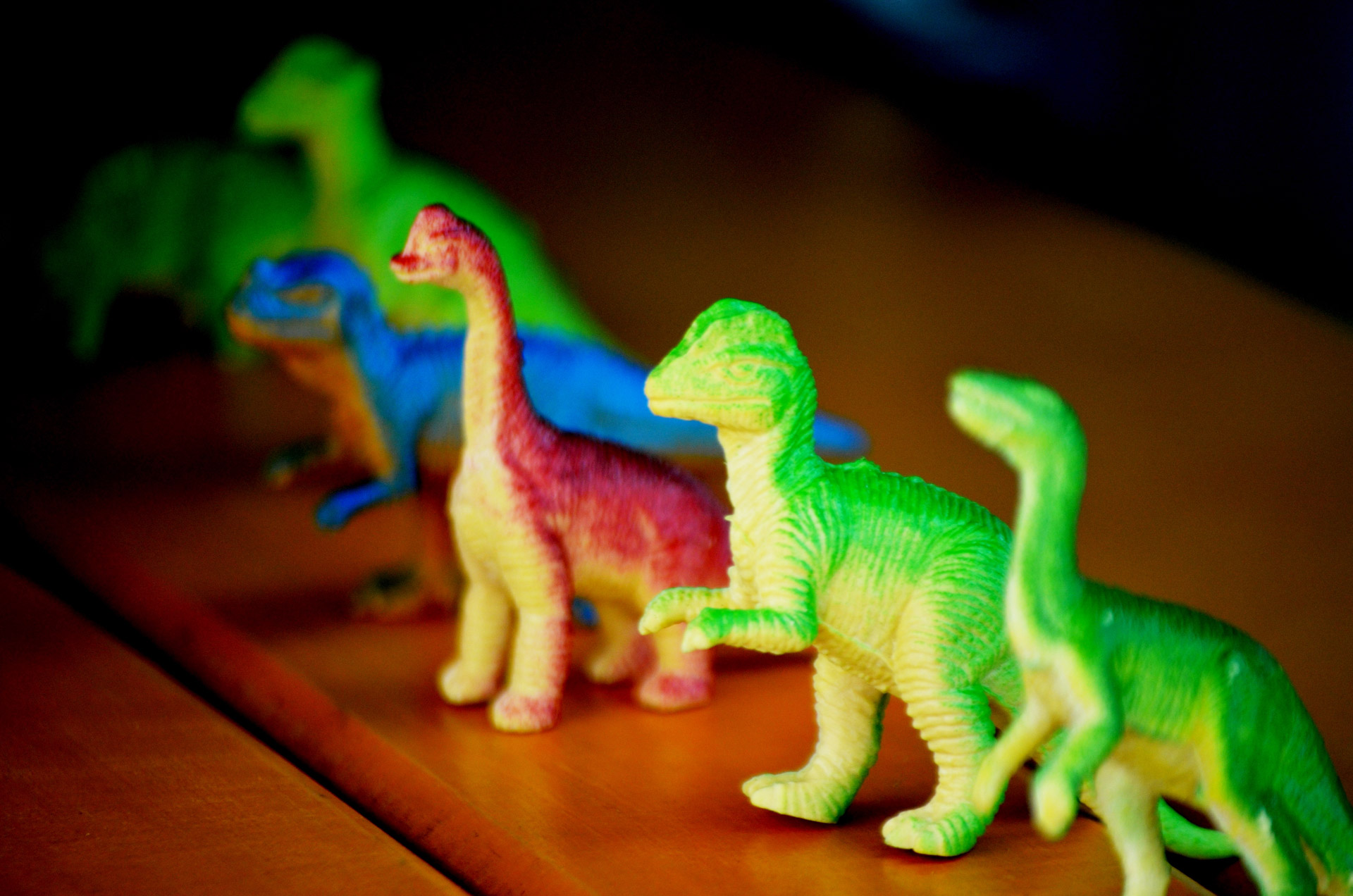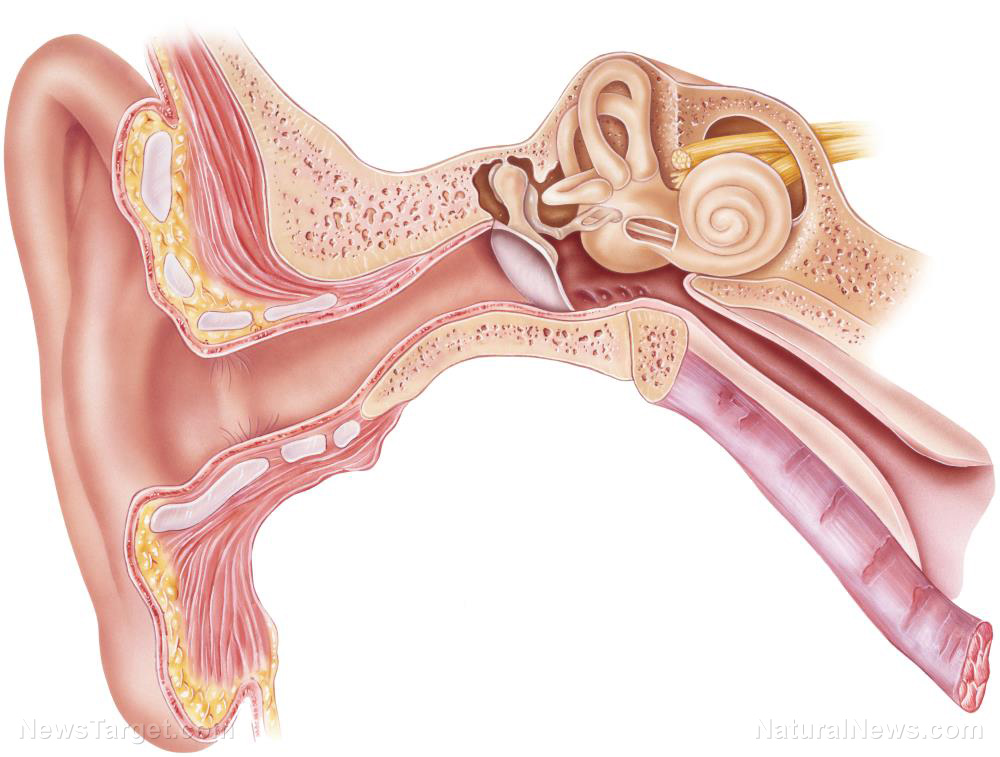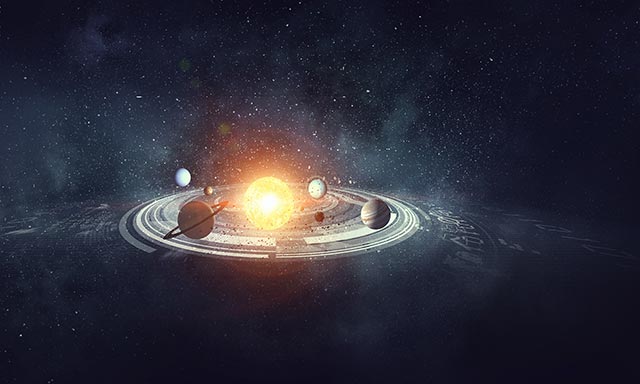Quantum computer allows you to see “multiple futures”
11/18/2019 / By Edsel Cook

Quantum computers might one day predict the future. While looking at more than 14 million possible futures remains out of reach, the quantum simulator used by Singaporean researchers proved capable of viewing 16 different outcomes.
Traditional computers code data as binary digits (bits) of either 0 or 1. Their quantum counterparts store information into quantum bits (qubits).
Qubits are subatomic particles that exist in a “superposition.” They appear in two different states simultaneously.
Thanks to this property, a qubit may represent both 0 and 1 until it gets measured. By cramming more data in individual storage units, a quantum computer saves on memory, freeing up more resources for making complex calculations.
Researchers at Nanyang Technological University (NTU) used these properties to develop a quantum simulator. Their computer predicted the outcomes of 16 potential futures in a quantum superposition.
NTU researcher Mile Gu and his team stored these different futures in a single photon. They sent the quantum particle of light down several routes at the same time under the scrutiny of sensors.
Next, they used two photons instead of one. They fired the particles side-by-side and monitored how the possible futures deviated thanks to minor changes. (Related: Quantum computer time machine: Russian physicists can move small particles a fraction of a second into the past.)
Quantum computers can view multiple possible futures at the same time
Gu likened their experiment to Doctor Strange’s clairvoyance in the movie “Avengers: Infinity War.” In that film, the superhero browsed through over 14 million different futures for the best way to defeat the villain.
“He does a combined computation of all these possibilities to say, ‘OK, if I changed my decision in this small way, how much will the future change?’,” he said in an interview. “This is the direction our simulation is moving forwards to.”
The NTU team put their “quantum prediction engine” through a test less strenuous than stopping Thanos. They used the perturbed coin model to test the simulator’s ability to predict the future.
In the model, an imaginary box contained a lone coin. During each step of the process, the box got shaken up, leading to a small chance of the coin flipping.
In a traditional toss, the chances of the coin ending up heads or tails are 50/50. The perturbed coin model, on the other hand, modified the outcome of each toss based on the state of the coin during the earlier step.
Future quantum prediction engines may predict the weather and the stock market
The NTU experiment applied a twist to the perturbed coin model. The researchers ran two versions – in one, they shook the box more energetically, while they jiggled it less roughly in the other.
During each approach, the team shook the box four times. They produced 16 potential sequences of heads and tails for every version.
Following the fourth instance of shaking the container, they stored the superposition of all 16 possibilities in a single photon. The qubit simultaneously showed the chances of every probable result in each version.
Finally, the Singaporean researchers made a master map of all 32 possible outcomes by putting together the superpositions of the strongly shaken and weakly shaken versions.
“This showed us how quickly the futures diverged depending on how hard I shook the box at each step,” Gu remarked.
Processing power is the main bottleneck of the quantum prediction engine. The NTU quantum computer had enough computing power to view up to 16 possible futures at the same time.
New generations of quantum computers will grow even more powerful. Their enhanced processing power will open up many more possible futures for simultaneous viewing.
Possible uses for the quantum prediction engines include predicting the weather and guiding financial investments in the stock market.
Sources include:
Tagged Under: breakthrough, computers, discoveries, future tech, innovation, Quantum Computers, quantum mechanics, quantum prediction engine, quantum superposition, qubits, science and technology
RECENT NEWS & ARTICLES
COPYRIGHT © 2017 DISCOVERIES NEWS



















